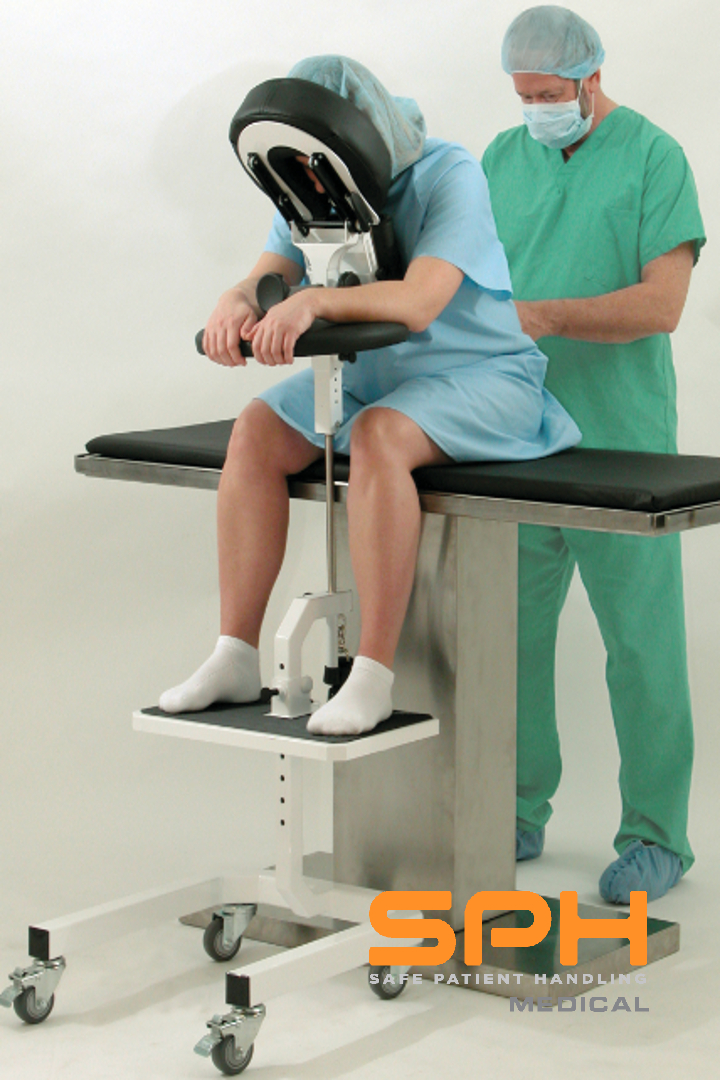The Dangers Of Lateral Transfers
Simply put, a lateral transfer involves moving patients from surface to surface, including a bed or hospital cart. These transfers pose increased risks to both patients and caregivers. Lateral transfers are performed throughout the day in various departments, ranging from ICU to imaging. Due to the high frequency of lateral transfers and patient positioning the probability of a patient or nurse sustaining an injury increases exponentially if the appropriate Safe Patient Handling techniques are not employed. Patients that require comprehensive care often can’t move from point A to point B on their own, requiring the nursing staff to oversee their movements. When moving from one surface to another, matters become even more complicated.
In most cases, nurses use the sheet underneath the patient to transfer them. If there are limited staff members available, a plastic board is typically used as an alternative. While this device helps, it doesn’t reduce enough friction to combat the total force required. In essence, when handling a later transfer, nurses must rely on their strength and collaborative efforts to conduct a successful and safe transfer.
By leaving these affairs up to chance, caregivers and patients become more susceptible to a nursing injury or repositioning injury. With hospital injury rates on the rise, it’s imperative for staff members to have safer, easier, and more effective solutions at their disposal. Research shows that medical professionals are over 30 percent more likely to experience musculoskeletal pain due to handling injuries. While these injuries are painful, they can also be costly, setting hospitals back hundreds of thousands of dollars depending on the scope of the claim.
According to a study by the Bureau of Labor Statistics, hospitals that implement safe patient handling programs are 73 percent less likely to expose their staff to handling injuries. These favorable statistics prompted the arrival of the Nurse and Health Care Worker Protection Act. This bill was introduced in 2015, and it states that the Department of Labor must establish new standards on mobility, patient handling, and injury prevention to safeguard medical professionals from musculoskeletal disorders.
The Introduction Of Air-Assisted Lateral Transfer Systems
In response to the Nurse and Health Care Worker Protection Act, companies like HoverMatt have developed air-assisted transfer systems. AirPal was one of the first to develop this cutting-edge technology, and this invention has paved the way for secure repositioning procedures. These transfer systems are designed to reduce friction by providing additional support under a mattress.
They also serve to boost patients up in bed and eliminate the manpower required to move patients. Touted as the gold standard, air-assisted lateral transfer systems breathe ease and security into repositioning patients. To improve patient safety and lessen caregiver injuries, we at SPH Medical implement these systems into hospitals.
The Benefits Of Air-Assisted Transfer Equipment
In addition to promoting optimal safety, air-assisted transfer systems also enhance patient comfort. This equipment is gentle and seeks to improve a patient’s hospital stay or in-home care. Moreover, patients aren’t subjected to the discomfort that comes with lifting them. Thanks to these revolutionary systems, patients aren’t raised but rather smoothly pulled from one surface to another. In fact, many describe it as floating from one position to the next.
This modern technology is also advantageous to patients because it causes less of a disruption. Traditional lateral transfers demand many helping hands, which can make patients feel like a burden. Fortunately, air-assisted transfer systems are easier to handle, meaning fewer medical professionals are required. Not only does this streamline operations, but it also brings patients great peace of mind. Improve the patient experience, protect caregivers, and lessen workplace injuries when you opt for air-assisted lateral transfer systems.

















